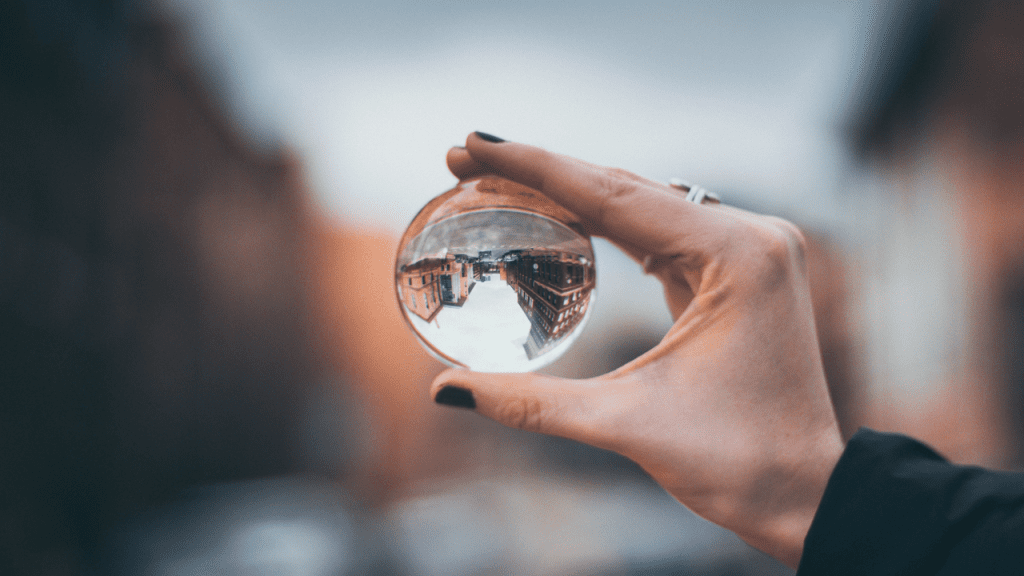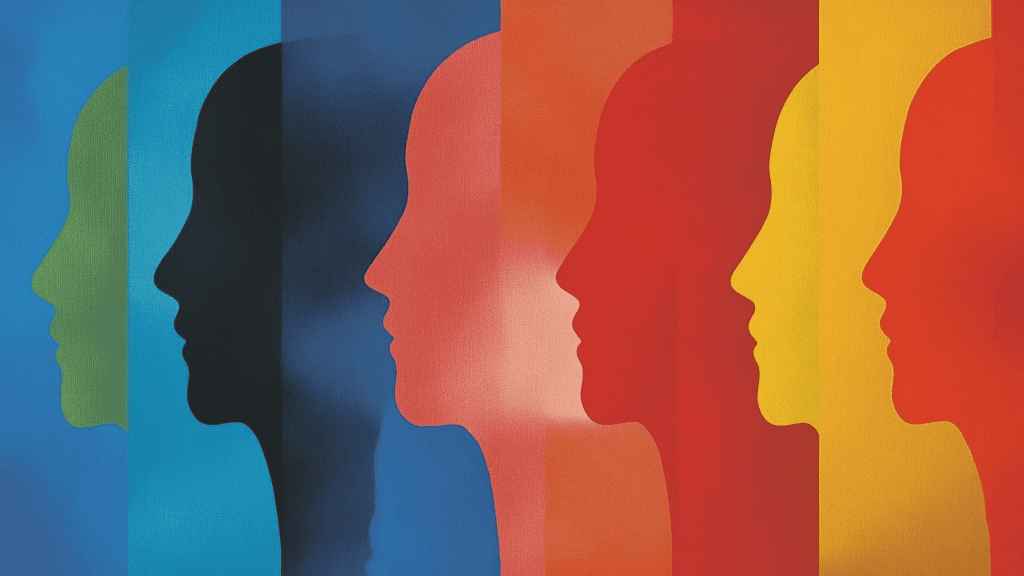Do You See a Goat or an Eagle? Your Brain Might Be the Decider!
When you look at a serene mountain landscape, what do you see first? Do you spot a proud eagle soaring through the sky, or perhaps a sturdy goat navigating the rugged ridges? Surprisingly, the image you notice first could reveal something fascinating about the way your brain processes visual information.

The Brain and Visual Perception
Our brain is a complex machine, divided into two hemispheres: the right and the left. Each side is associated with different modes of thinking and perception.
- Right-Brained Thinking: People who are more right-brained tend to be creative, artistic, and intuitive. This hemisphere excels in tasks that involve visual-spatial awareness, pattern recognition, and abstract thinking. If you’re right-brained, you might naturally focus on broader patterns or subtle shapes within an image.
- Left-Brained Thinking: On the flip side, left-brained individuals tend to be more logical, detail-oriented, and systematic. They are typically drawn to structured and definitive images. Left-brained thinkers often notice sharper, clearer figures in a visual scene.
Your brain’s dominant side may influence what you see first in ambiguous images like this mountain scene. Is it the graceful eagle or the hidden goat?
Goat vs. Eagle: Which One Do You See First?
Take a moment to look at the mountain image again. Which figure stands out to you—an eagle or a goat? This is a classic case of pareidolia, a phenomenon where your brain perceives familiar objects or patterns in random stimuli, such as clouds, rocks, or landscapes.
Seeing the Goat
If you see a goat, it means your brain is likely focusing on the abstract elements of the image. The goat may appear hidden among the natural ridges of the mountains, its shape blending with the flowing curves of the landscape. You might notice the goat’s body outlined in the slopes, with its curved horns forming part of the mountain’s uneven edges.
This abstract perception suggests that you may process images in a holistic way, piecing together broader connections between shapes. Right-brained individuals tend to have this creative, less structured way of viewing the world, which allows them to find hidden or less obvious patterns.
Spotting the Eagle
If the eagle jumps out at you first, your brain is focusing on the more structured and defined parts of the image. The eagle’s wings may align with the sharp, angular peaks of the mountains, while its head might emerge from the clouds above.
This indicates that your brain may be processing the image in a more organized, analytical manner, zeroing in on distinct shapes. Left-brained thinkers tend to excel at spotting clear, structured images, showing a more methodical approach to visual input.
What Does This Say About You?

While this is a fun exercise, what you see first doesn’t necessarily define your personality, but it can offer interesting insights into how you approach problems and process information.
- If You See the Goat: You likely have a knack for seeing the bigger picture. Your brain is comfortable working with abstract concepts and making connections between seemingly unrelated shapes. This might reflect your creative and intuitive side, where you’re not afraid to think outside the box.
- If You See the Eagle: Your brain likely favors clear, defined structures. You are detail-oriented and prefer clarity in what you see and do. This ability to focus on specific details can be an asset in analytical thinking, helping you approach problems systematically.
However, remember that we all use both sides of our brains, so seeing one figure over the other doesn’t mean you are exclusively right-brained or left-brained. It’s more about how your brain happens to engage with a particular image at any given moment.
How Perception Reveals the Brain’s Flexibility
What makes this type of brain teaser so fascinating is how it highlights the flexibility of perception. Two people can look at the exact same image and see entirely different things. This underscores how unique our brains are and how they constantly shift between different modes of thinking—creativity, logic, intuition, and analysis—depending on the task at hand.
Your brain’s ability to adapt and perceive different images is what makes visual puzzles like this so engaging. They reveal that even a simple image has layers of meaning, depending on how you approach it.
The Science Behind Pareidolia

Pareidolia, the phenomenon that causes us to see familiar shapes in random patterns, is deeply rooted in human evolution. It is thought to be a survival mechanism. Our ancestors benefited from being able to quickly recognize shapes, especially in ambiguous situations. For instance, spotting a predator’s face hidden in the foliage or recognizing movement in a distant landscape could mean the difference between life and death.
Today, this trait persists as a fun quirk of the human brain, causing us to see faces in clouds or animals in mountainscapes. It’s a reminder of how our brains are wired to seek patterns, even in the most unexpected places.
Conclusion
Whether you first saw a goat climbing the rocks or an eagle soaring above the mountains, both interpretations offer a glimpse into the fascinating world of visual perception. Our brains are constantly analyzing and interpreting the world around us, using both creativity and logic to make sense of the images we encounter. So, next time you’re faced with an optical illusion or brain teaser, take a moment to appreciate the complexity of your mind at work.
Remember, there’s no right or wrong answer—it’s all about how your unique brain processes the information before you. Now, go ahead and share this brain teaser with friends and family, and see which figure they spot first! You might just learn something new about the way they think too.





